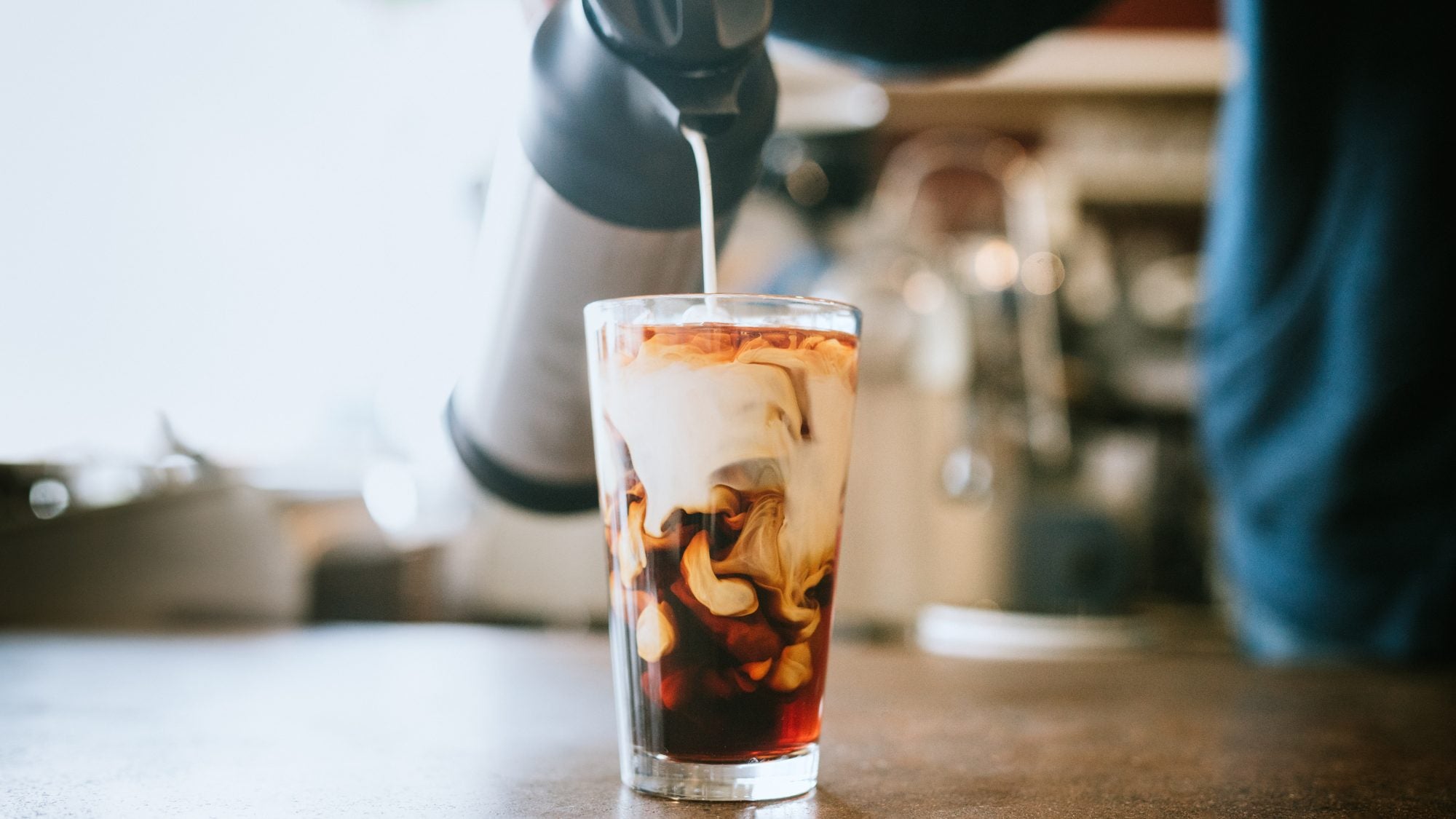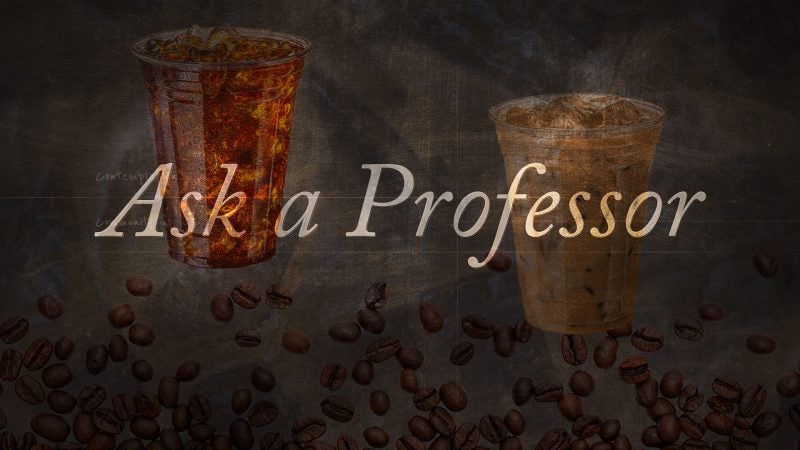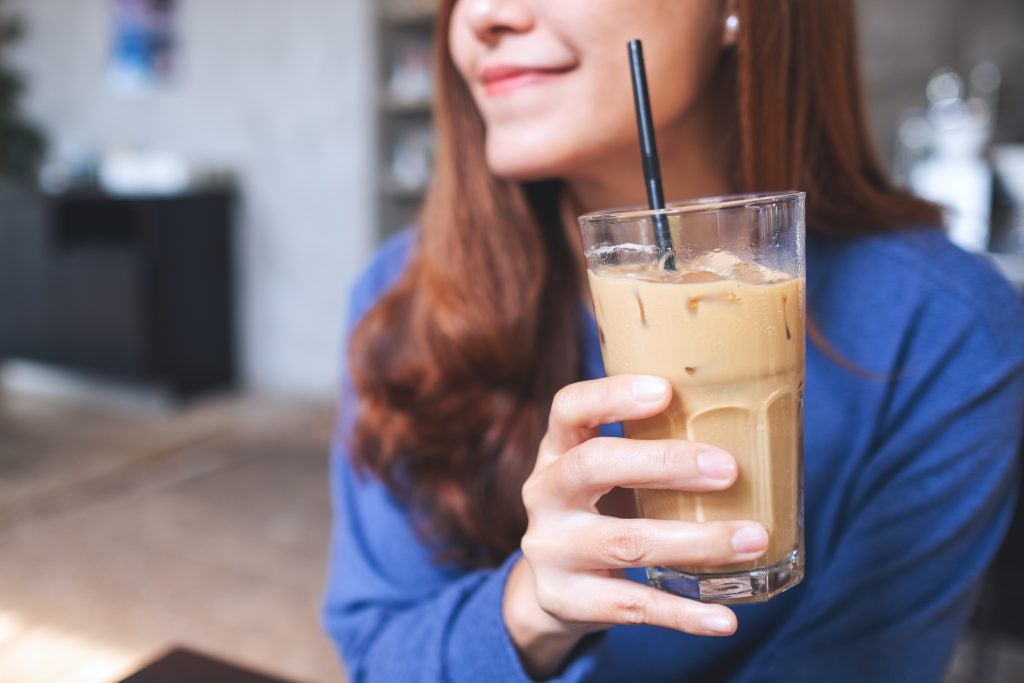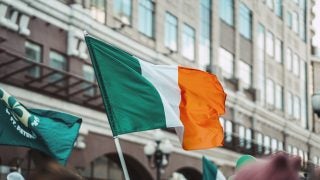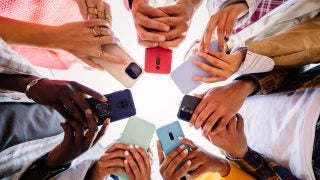Iced coffee is becoming America’s caffeinated beverage of choice.
The global market for iced coffee is expected to grow from $11.1 billion this year to over $21 billion by 2034, with North America claiming nearly half of the market share. Meanwhile, cold beverages like iced coffee made up 75% of Starbucks’ sales in the third quarter of fiscal year 2024.

One of the most significant drivers of this trend is age, said Wendy Zajack, the faculty director of the Integrated Marketing Communications and Design Management Communications programs in the School of Continuing Studies.
“It’s one of the biggest trends, having those great sweet drinks and kids getting exposed to them at a younger age,” Zajack said. “It’s this memory of our first experiences of coffee, and we get used to that being what coffee should taste like.”
The shareability of iced coffee concoctions and American tastes and preferences make the caffeinated drink a mainstay in the U.S. and on Georgetown’s campus, Zajack said.
In this Ask a Professor, Zajack explains the marketing behind iced coffee and why this cold caffeinated beverage is a particularly American phenomenon.
Ask a Professor: Why Iced Coffee is So Popular
What’s the main driver behind the surge in iced coffee’s popularity?
A lot of it is driven by age. As an old person, the first time I had coffee, it was hot. It was black. That’s what I think coffee is. One of the things that has propelled iced coffee drinking is Starbucks because it introduced the younger generation to iced coffee at an earlier age. I have kids who are in their 20s. When they were teens, they started getting frappuccinos and other sorts of cold coffee drinks. It introduced the whole concept of it in a way that wasn’t available to me when I was that age.
If you think about the first time you try a product, it’s how you think about the product going forward. Because of the prevalence of Starbucks or Dunkin’ and their iced coffee for a lot of young consumers, the first time [consumers] have the product is iced.
How does social media feed into this trend?
We share our favorite iced coffees. We have so many flavors of iced coffee. There are all these new ways that you can get a pump of this and a pump of that to make these creations of iced coffee. When we think about both this childhood memory of iced coffee being a thing for us and then this popular thing to try, those two together are powerful from a marketing perspective.
